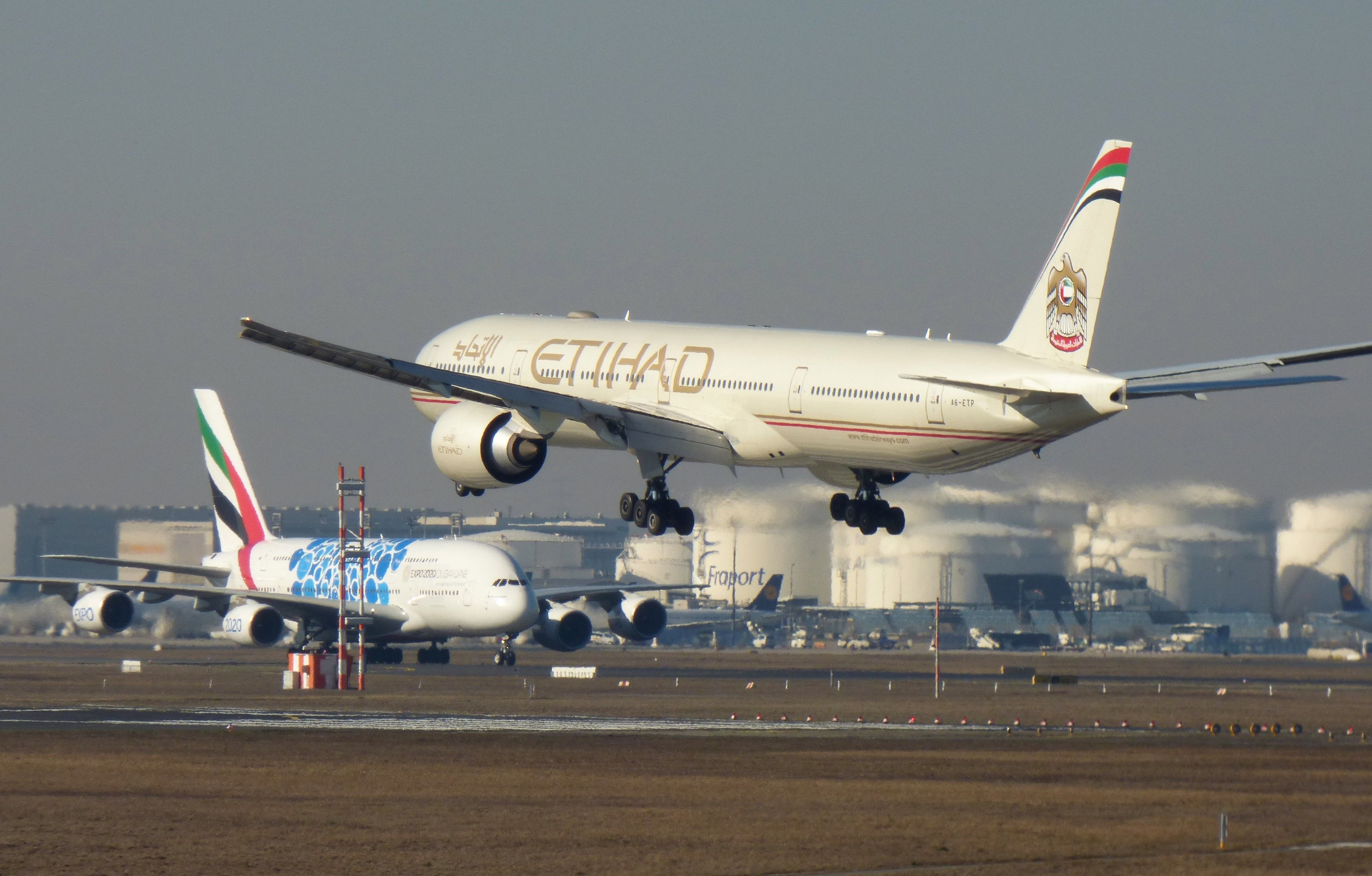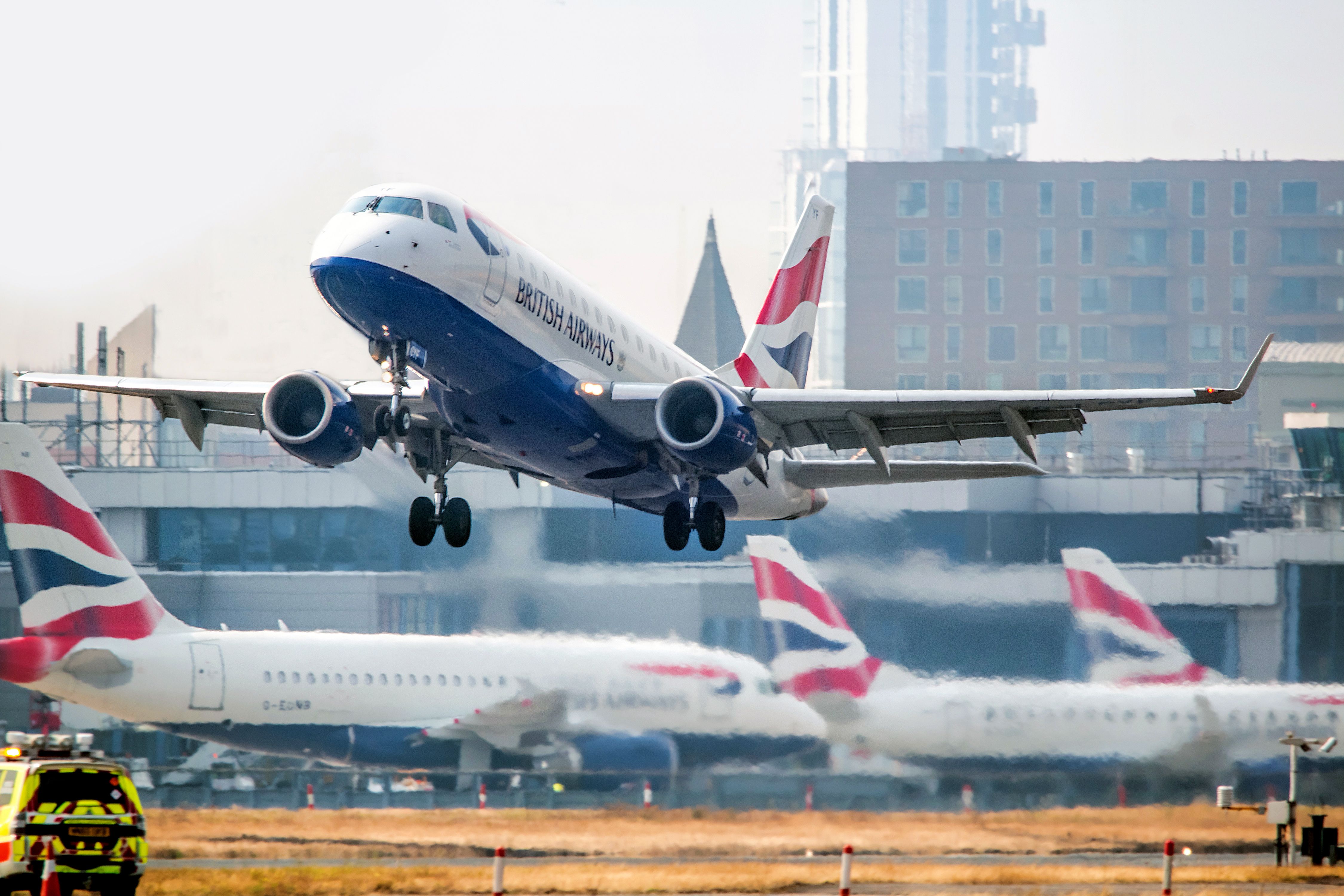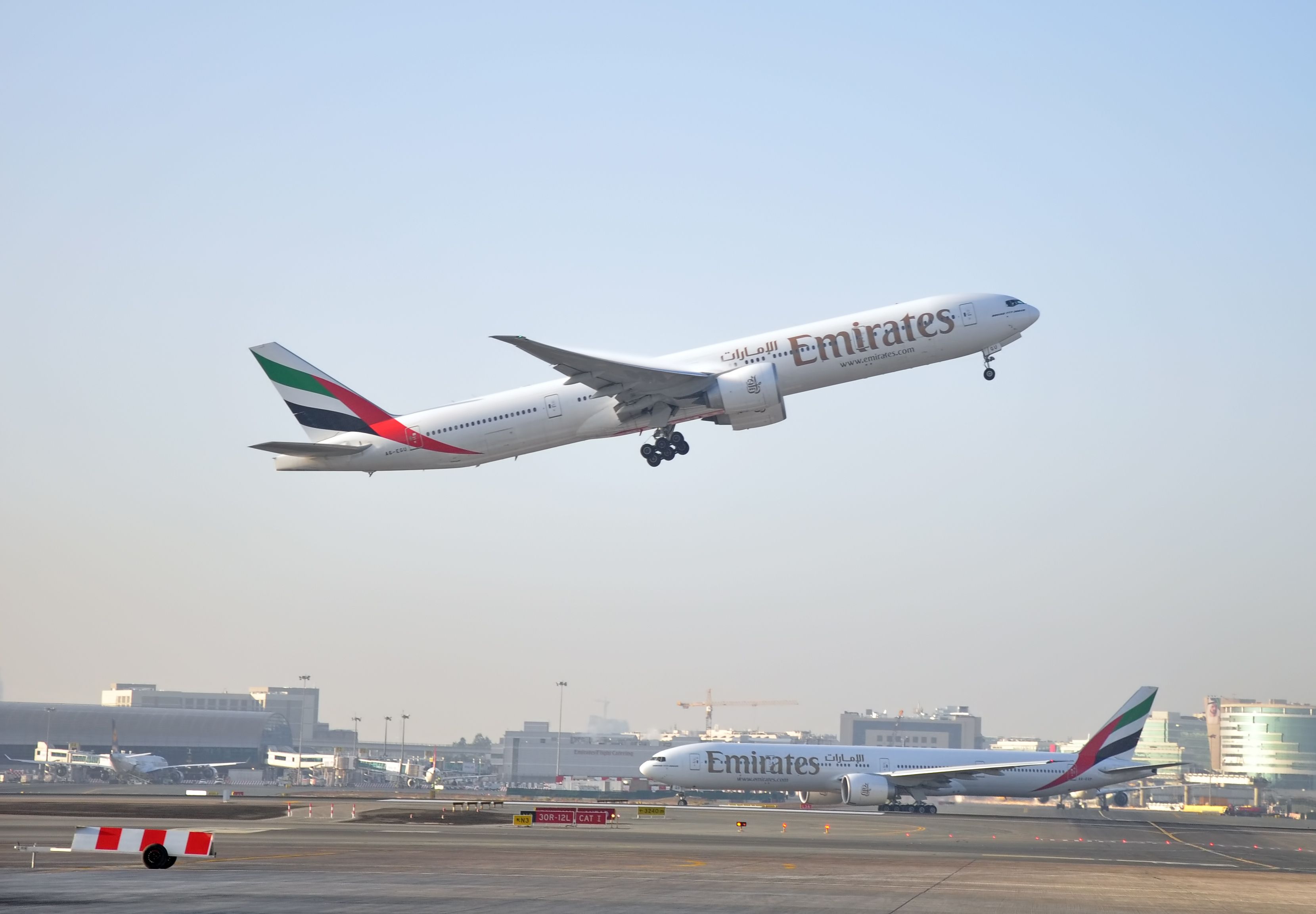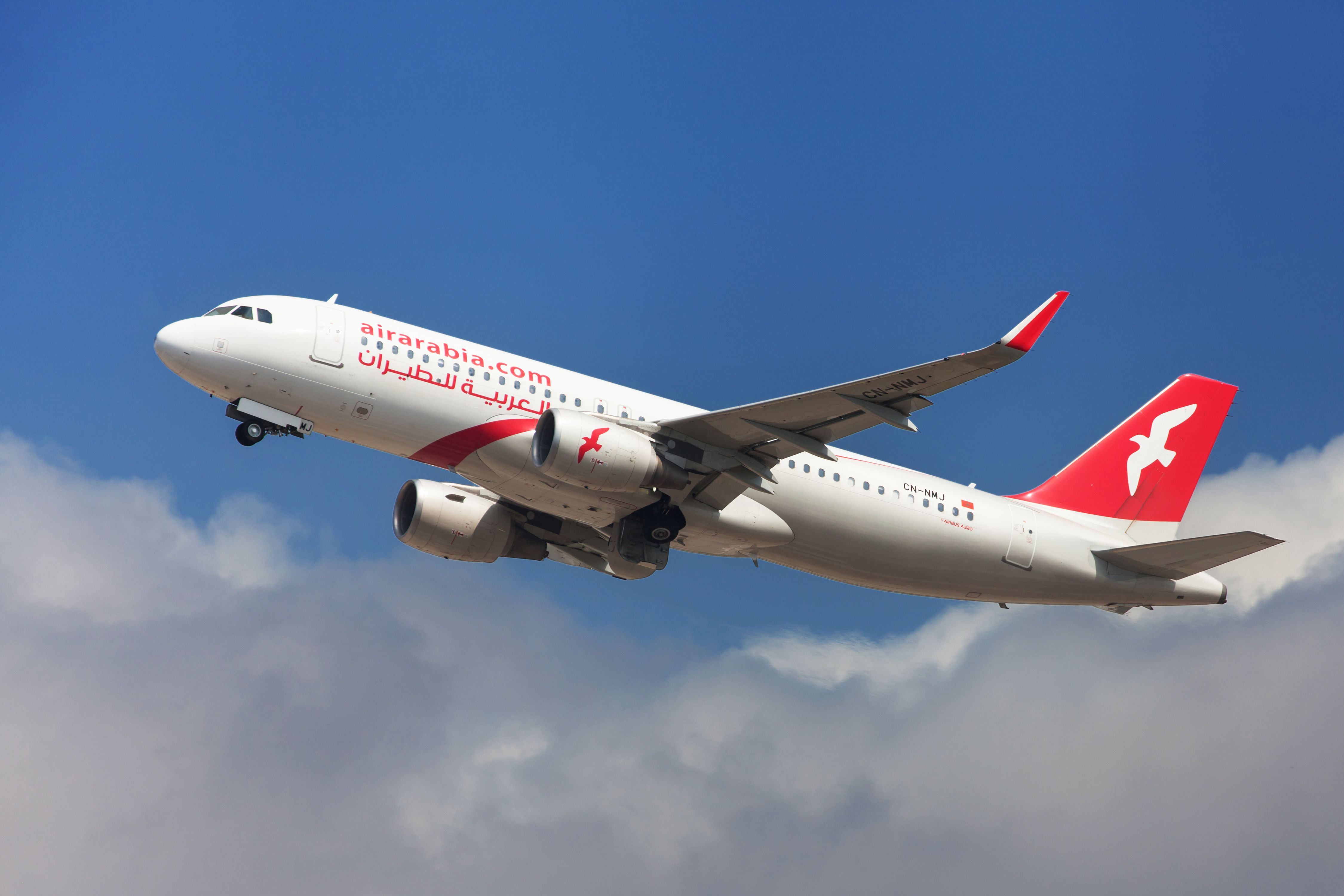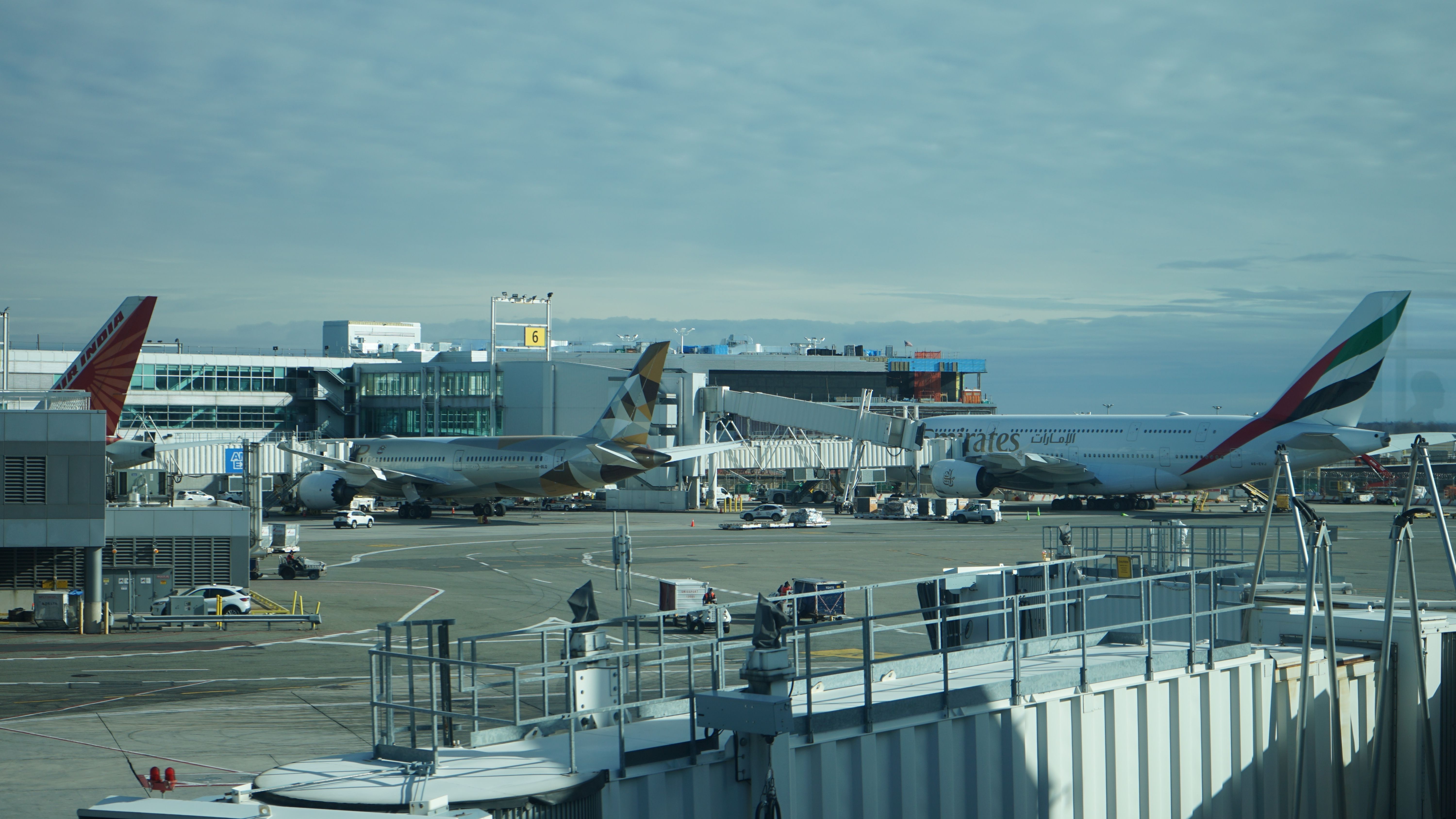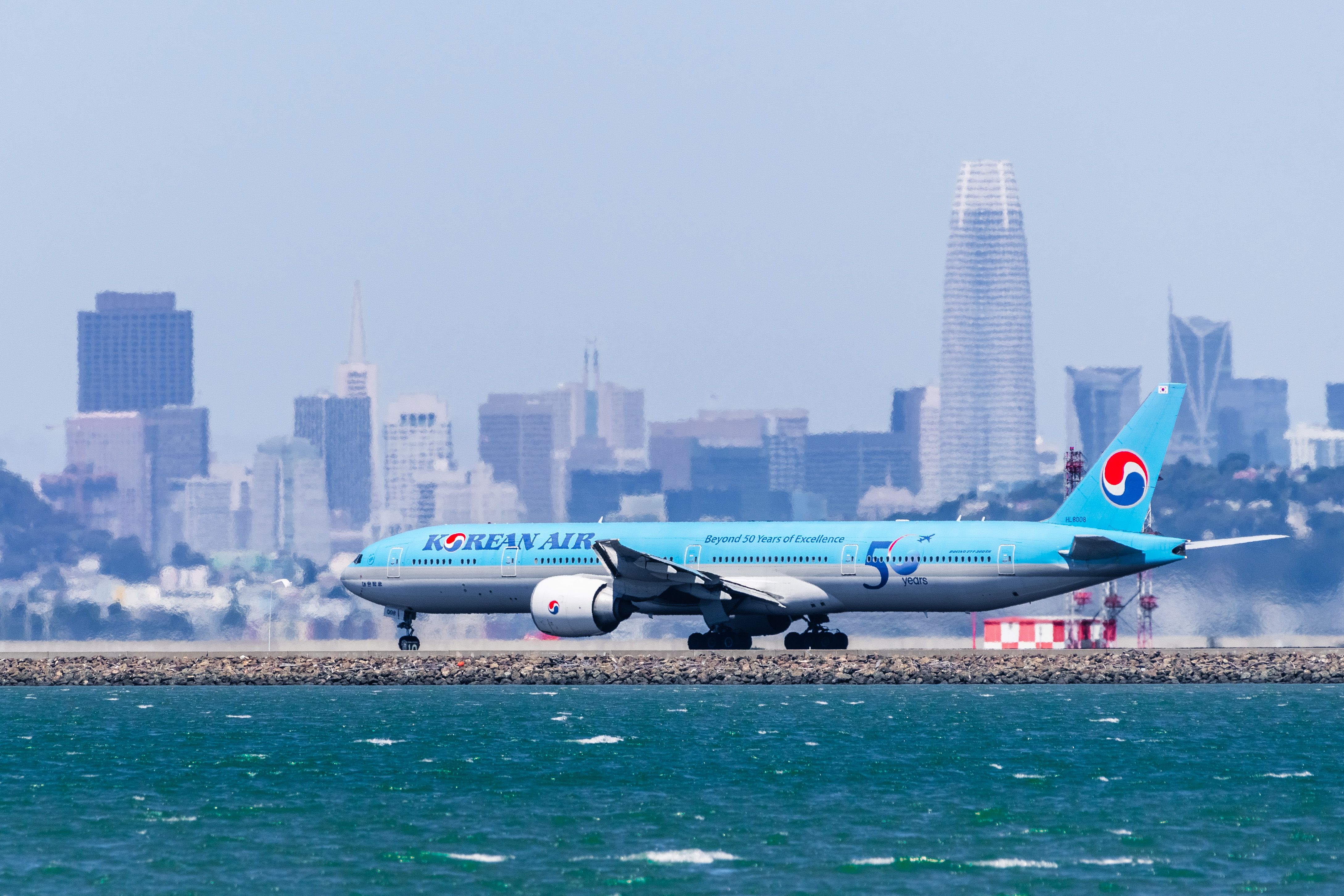The United Arab Emirates is in the unique position of having more than one official flag-carrying airline. Both Emirates and Etihad share the honor, with equal status in the eyes of the nation. But how did this duality come about, and where is it heading?
What makes a flag carrier?
The concept of a flag-carrying airline is steeped in history. In the early days of aviation, these were usually state-owned entities, proudly adorned with the nation’s flag on their planes, literally ‘flying the flag’ to different places around the world. In many parts of the world, this remains the setup for the primary airline operating out of the country.
But to have more than one flag carrier is an unusual situation. For example, although Virgin Atlantic has laid claim to being the ‘UK’s second flag carrier,’ British Airways remains the de-facto flag carrier, even though state ownership ended many years ago.
For the most part, whether state ownership or support remains in place or not, nations around the world are represented by just one flag carrier. There is a notable exception, however. Over in the UAE, there are two flag-carrying airlines – Emirates and Etihad. How did the nation end up with two national airlines, and how does this work?
The emirates were not always united
Prior to 1971, the Trucial Sheikdoms existed as independent confederations in southeast Arabia. These sheikdoms were comprised of Abu Dhabi, Ajman, Dubai, Fujairah, Ras Al Khaimah, Sharjah, and Umm Al Quwain. They had been an informal British protectorate until the treaties were revoked in December 1971.
Get the latest aviation news straight to your inbox: Sign up for our newsletters today.
Shortly after, six of the seven sheikdoms allied to form the United Arab Emirates, all except Ras Al Khaimah, which joined a couple of months later. However, each emirate within the unity retained its own royal family and own independent character. While the unification of the UAE drew collaboration between the emirates, it also drew some rivalries too.
Separate airlines in separate emirates
Dubai was the first to develop its own airline. Emirates was founded on March 25th, 1985, with flights beginning in October. Not wanting to be outdone by his neighbor, Sheikh Khalifa, the Emir of Abu Dhabi, began forming his own plans to launch an airline.
Etihad started up in July 2003, with flights beginning in November. Interestingly, although Emirates remains the larger airline by all measures, its state involvement is limited to a string of subsidiary agreements. Etihad, on the other hand, is 100% state-owned, giving it a closer alignment to the traditional notion of a ‘flag carrier’ status. Nevertheless, the two share the honor of dual flag carriers for the UAE.
Changing situation in the UAE
The two airlines are not alone in the UAE, and arguably there could even be more flag carriers for the UAE. Air Arabia was established in February 2003 on the order of Sultan bin Muhammad Al-Qasimi, the Ruler of Sharjah. It became the first publicly owned airline in the Arab World, and is thus not considered a flag carrier.
Changes in the relationship between the two flag carriers are also on the way. In May 2023, Emirates and Etihad signed a memorandum of understanding regarding a proposed interline agreement. This will foster greater cooperation between the carriers. It will allow closer ticketing (flying in with one airline and out with the other, for example) and some other services sharing, but less than other airlines are through the major alliances.
Where else has more than one flag carrier?
The UAE is not the only country with more than one so-called flag-carrying airline. In the USA, there have been rival airlines for decades, with three emerging as the strongest – United Airlines, Delta Air Lines, and American Airlines. In the past, Pan Am and TWA could have been viewed as the flag carriers of the USA. Today, none of the airlines meet the state-ownership clause of flag-carrying status, they are widely regarded as equally important in international connectivity.
Love aviation history? Discover more of our stories here
In South Korea, both Korean Air and Asiana are powerful airlines. Korean Air is a formerly state-owned entity, but Asiana has risen to challenge it for supremacy. There is a merger on the cards, but attempts from the US and the EU to block it continue.
Shifts and changes continue to disrupt the aviation outlook. With privatization, nationalization, mergers, and bankruptcies thrown into the mix, the status of ‘flag carrier’ remains muddy at best in many places around the globe.
Would you like to discuss the story and status of Emirates and Etihad further, or any other interesting flag carrier statuses? Let us know in the comments section.

